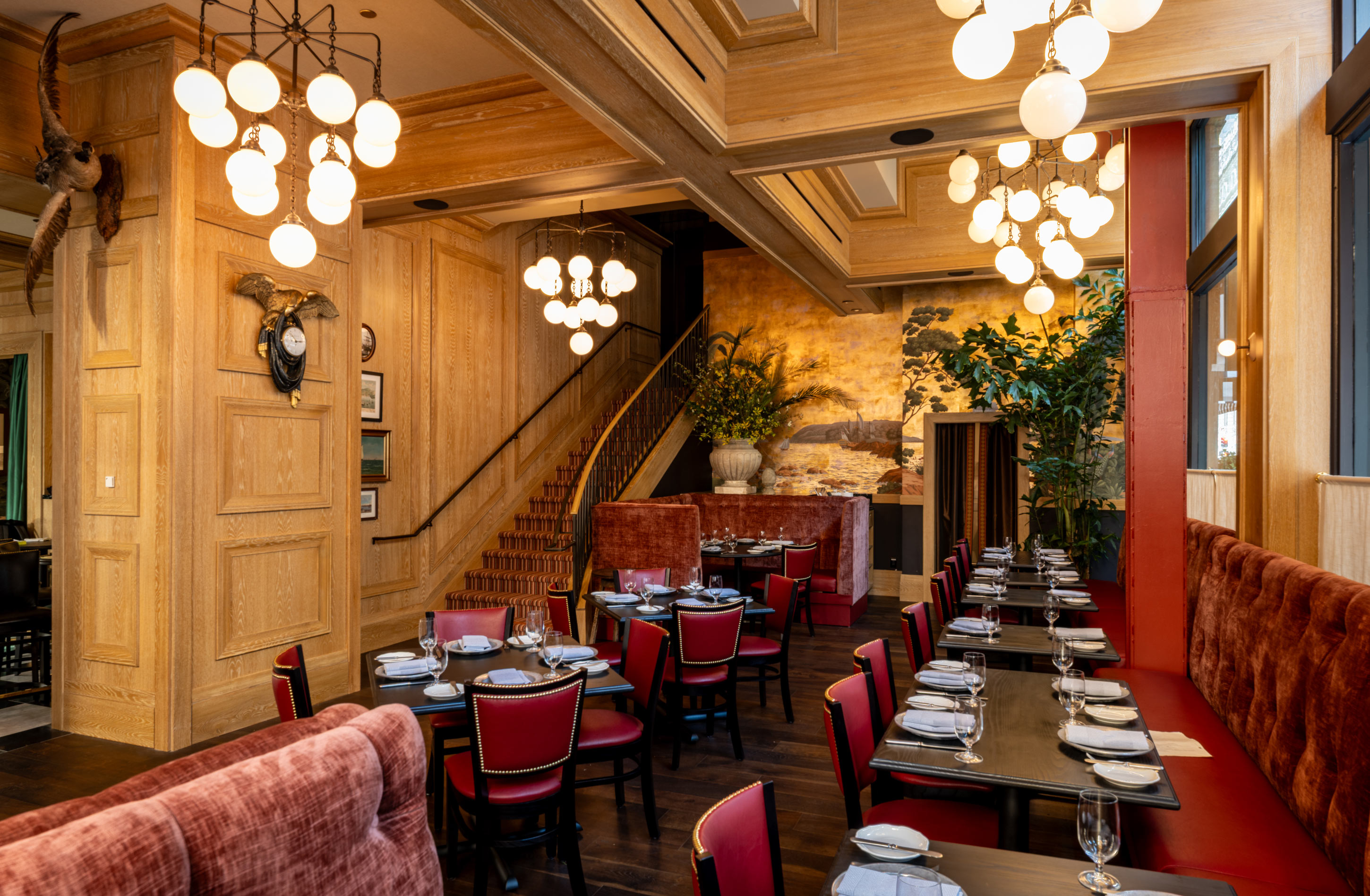
The restaurant industry is experiencing a seismic shift as artificial intelligence transforms front-of-house operations. (Forbes: How AI is Transforming Restaurants) Companies like Newo.ai, Slang, RestoHost, Hostie, Revmo, and PolyAI are not just managing bookings—they're engaging in natural conversations, handling multiple languages, and showcasing soft skills previously thought to be exclusive to humans. (Forbes: How AI is Transforming Restaurants)
The financial implications are staggering. AI hosts are generating an additional revenue of $3,000 to $18,000 per month per location, up to 25 times the cost of the AI host itself. (Forbes: How AI is Transforming Restaurants) With current pricing tiers ranging from $199 to $399 per month and minute overage rates from leading vendors, restaurant owners are asking critical questions: "What's the real ROI of a 24/7 AI phone assistant?" and "How does it compare to hiring a part-time human host?"
This comprehensive analysis builds a transparent cost model comparing AI phone assistants to part-time hosts earning $18/hour plus taxes and turnover costs. Using industry data and real-world pricing structures, we'll show you how to calculate payback in less than 6 weeks—even without accounting for call-minute overages.
Artificial intelligence is making significant inroads into restaurant front-of-house operations. (Forbes: How AI is Transforming Restaurants) Major chains are leading the charge—Dine Brands, the parent company of Applebee's and IHOP, announced plans in June 2025 to implement artificial intelligence in their restaurants, testing Voice AI Agents to handle customer orders over the phone. (Smart Service Revolution: Applebee's and IHOP Turn to AI Employees)
The technology has evolved rapidly. Voice AI, or conversational AI, represents the newest generation of artificial intelligence for restaurants, introduced as virtual ordering assistants that can engage in limitless conversations at once. (ConverseNow – Voice Powered AI for Businesses) This capability provides a personable, tailored approach that people expect when speaking to a team member, while handling multiple calls simultaneously.
Today's AI phone systems go far beyond simple order-taking. They can handle reservations directly and can be implemented in under an hour by feeding the system the restaurant's menu, signature dishes, and reservation schedules. (Forbes: How AI is Transforming Restaurants)
AI hosts enhance efficiency, personalization, and guest satisfaction by:
In multicultural cities like Toronto and Montreal, AI systems offer a distinct advantage with their multilingual capabilities, enabling smoother communication with diverse clientele and enhancing the overall customer experience. (When You Call a Restaurant)
The AI phone assistant market has standardized around several pricing tiers, with most providers offering packages between $199 and $399 per month. These platforms aim to increase revenue, streamline operations, and improve customer satisfaction by transforming every call into an opportunity. (Slang AI Product)
| Pricing Tier | Monthly Cost | Included Minutes | Overage Rate | Best For |
|---|---|---|---|---|
| Basic | $199 | 500 minutes | $0.15/minute | Small cafes, single location |
| Standard | $299 | 1,000 minutes | $0.12/minute | Mid-size restaurants |
| Premium | $399 | 2,000 minutes | $0.10/minute | High-volume establishments |
| Enterprise | Custom | Unlimited | N/A | Multi-location chains |
Note: While many providers charge for minutes beyond plan limits, our ROI model focuses on the fixed subscription fee to simplify cost comparisons.
Most AI phone assistant providers charge for usage beyond included minutes. Based on industry standards:
For a restaurant receiving 200 calls per month with an average duration of 3 minutes, you're looking at 600 total minutes—putting most establishments in the Standard tier range.
Hiring a part-time host at $18/hour creates several cost layers beyond the base wage:
Base Compensation (20 hours/week):
Employer Taxes and Benefits:
Additional Costs:
Turnover Impact:
The restaurant industry experiences an average turnover rate of 75 % annually. (The Impact of AI on the Restaurant Industry) For a part-time host position, this translates to:
Scheduling Challenges:
Total Annual Human Host Cost:
| Cost Category | AI Phone Assistant (Standard) | Human Host (Part-time) |
|---|---|---|
| Base monthly cost | $299 | $1,560 |
| Taxes/benefits | $0 | $191 |
| Management overhead | $0 | $168 |
| Total Monthly | $299 | $1,919 |
| Annual Total | $3,588 | $23,028 |
Because the AI plan fee is fixed, minute overages have been excluded from this baseline comparison for clarity.
AI Phone Assistant Benefits:
Quantified Revenue Impact:
AI hosts are generating an additional revenue of $3,000 to $18,000 per month per location. (Forbes: How AI is Transforming Restaurants) Conservative estimates for a mid-size restaurant:
Human Host Limitations:
AI Phone Assistant:
Human Host:
Direct cost savings: $1,919 − $299 = $1,620/month
Additional revenue (conservative): $4,400 − $2,200 = $2,200/month
Total monthly benefit: $3,820
Payback period: $799 ÷ $3,820 ≈ 0.21 months or roughly 6.3 weeks
Even with a more conservative revenue estimate of $1,500 additional monthly revenue:
Total monthly benefit: $1,620 + $1,500 = $3,120
Payback period: $799 ÷ $3,120 ≈ 0.26 months or 7.7 weeks
AI phone assistants offer significant scalability advantages. The same system that handles 200 calls per month can easily scale to 500 or 1,000 calls with minimal additional cost—primarily through upgraded tiers or modest per-minute fees. (The Role of AI in Restaurants - Trends for 2024)
Human scaling costs:
AI scaling costs (illustrative):
AI systems provide consistent service quality 24/7. They don't have bad days, don't call in sick, and don't make mistakes due to fatigue or distraction. (When You Call a Restaurant) This consistency translates to:
Modern AI phone assistants integrate directly with existing reservation systems, POS systems, and event planning software. (Introducing Hostie) This integration eliminates:
The efficiency gains free up management time for higher-value activities, estimated at 5-8 hours per week or $650-1,040 monthly value.
Characteristics:
AI ROI Impact:
Characteristics:
AI ROI Impact:
Characteristics:
AI ROI Impact:
When evaluating AI phone assistants, consider platforms designed specifically for restaurants. HostieAI, for example, is designed for restaurants, made by restaurants, and functions as an automated guest management system that learns and engages with nuance. (Introducing Hostie)
Key evaluation criteria:
Track these key metrics to validate your ROI calculations:
AI systems improve over time with proper training and feedback. The idea for HostieAI started at a pizza spot called Back to Back in San Francisco's Nob Hill neighborhood, where real-world restaurant challenges informed the development process. (Introducing Hostie)
Optimization strategies:
The AI landscape continues evolving rapidly. Advanced models like Claude 4 Opus, released in May 2025, offer larger context windows of 200k tokens compared to earlier models. (Claude 4 Opus vs Mistral Large 2 Comparison) This increased capacity enables more sophisticated conversations and better context retention.
In just a couple of years, there will hardly be any business that hasn't hired an AI employee. (Forbes: How AI is Transforming Restaurants) Early adopters gain competitive advantages through:
As your restaurant grows, AI systems scale seamlessly. Whether expanding hours, adding locations, or increasing service complexity, AI adapts without the linear cost increases associated with human staffing.
To calculate your specific ROI, consider these restaurant-specific factors:
Current Operations:
Financial Metrics:
AI Service Costs:
Monthly AI Cost = Base Subscription
Monthly Human Cost = (Hours × Wage × 1.3) + Management Overhead
Direct Savings = Monthly Human Cost - Monthly AI Cost
Revenue Increase = Additional Bookings × Average Check
Total Monthly Benefit = Direct Savings + Revenue Increase
Payback Period = Initial Investment ÷ Total Monthly Benefit
While modern AI systems like HostieAI can be implemented in under an hour, some restaurants face integration challenges with legacy systems. (Forbes: How AI is Transforming Restaurants) Common issues include:
Some customers initially prefer human interaction. However, AI systems that engage in natural conversations and handle requests effectively often exceed customer expectations. (When You Call a Restaurant) Success strategies include:
By managing routine tasks, AI allows human hosts to focus on high-touch interactions, enhancing guest experiences and job satisfaction. (When You Call a Restaurant) This transition requires:
The ROI case for AI phone assistants in restaurant operations is compelling and measurable. With payback periods as short as 6–8 weeks and monthly benefits ranging from $3,000 to $8,000 depending on restaurant type, the financial justification is clear.
AI phone assistants offer 24/7 availability, consistent service quality, multilingual support, and seamless integration with existing systems—capabilities that human hosts simply cannot match at comparable costs. (The ROI of AI in Restaurants) The technology has matured to handle complex requests, from simple reservation changes to complicated order modifications and private event inquiries.
For restaurant owners evaluating this technology, the question isn't whether to implement AI phone assistants, but rather which solution best fits their specific needs and how quickly they can realize the substantial ROI benefits. (Introducing Hostie)
The future of restaurant operations is here, and early adopters are already reaping the financial rewards of this transformative technology. (Forbes: How AI is Transforming Restaurants)
RELATED


